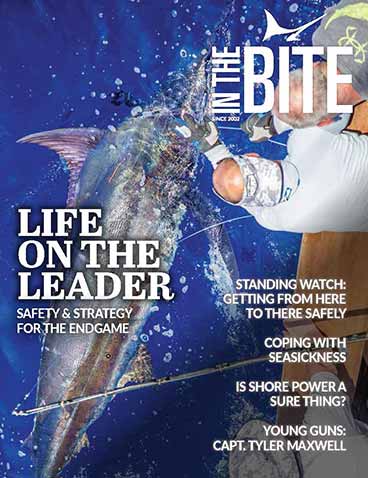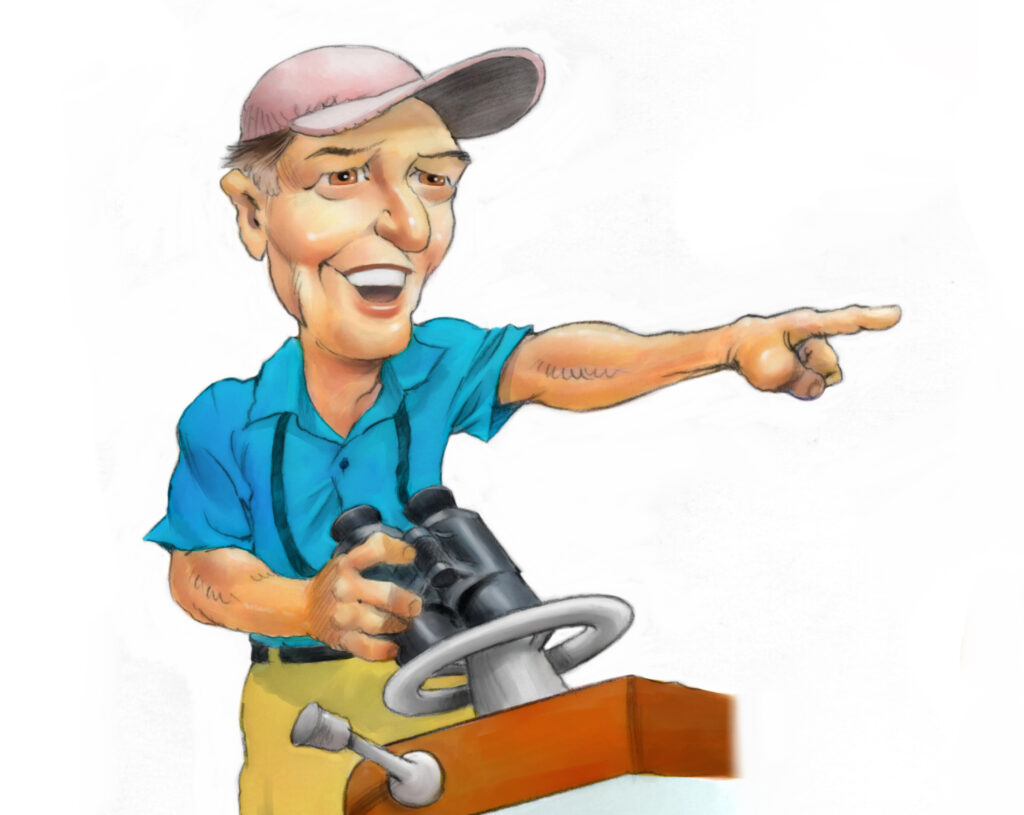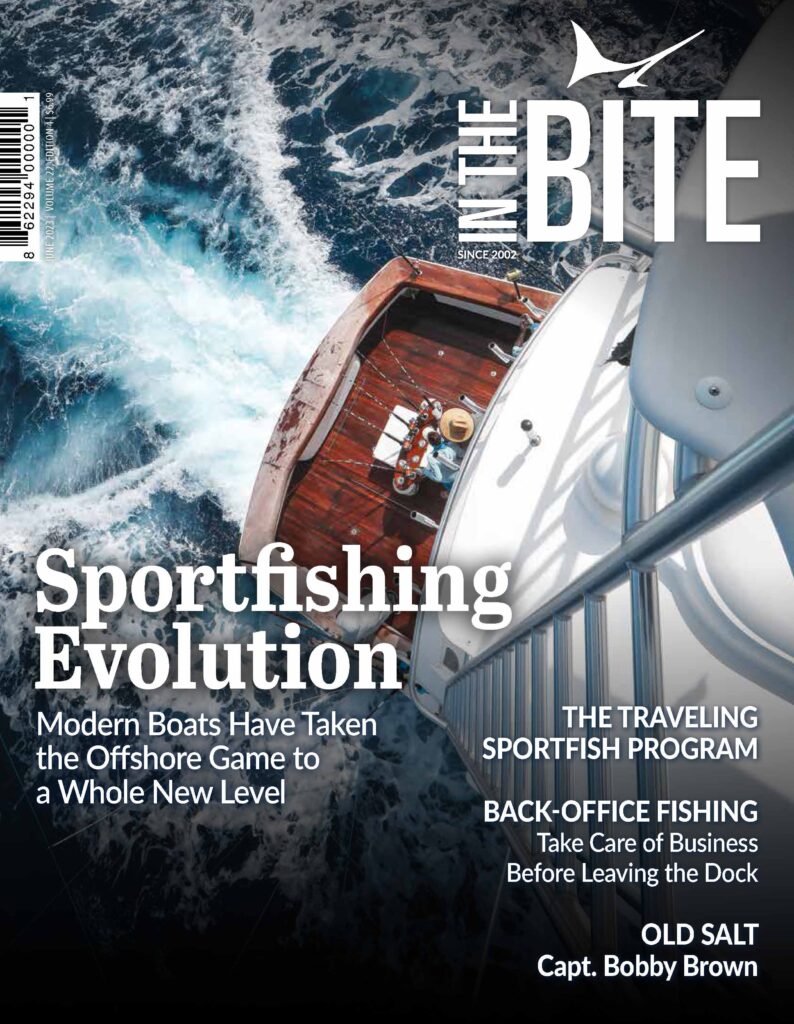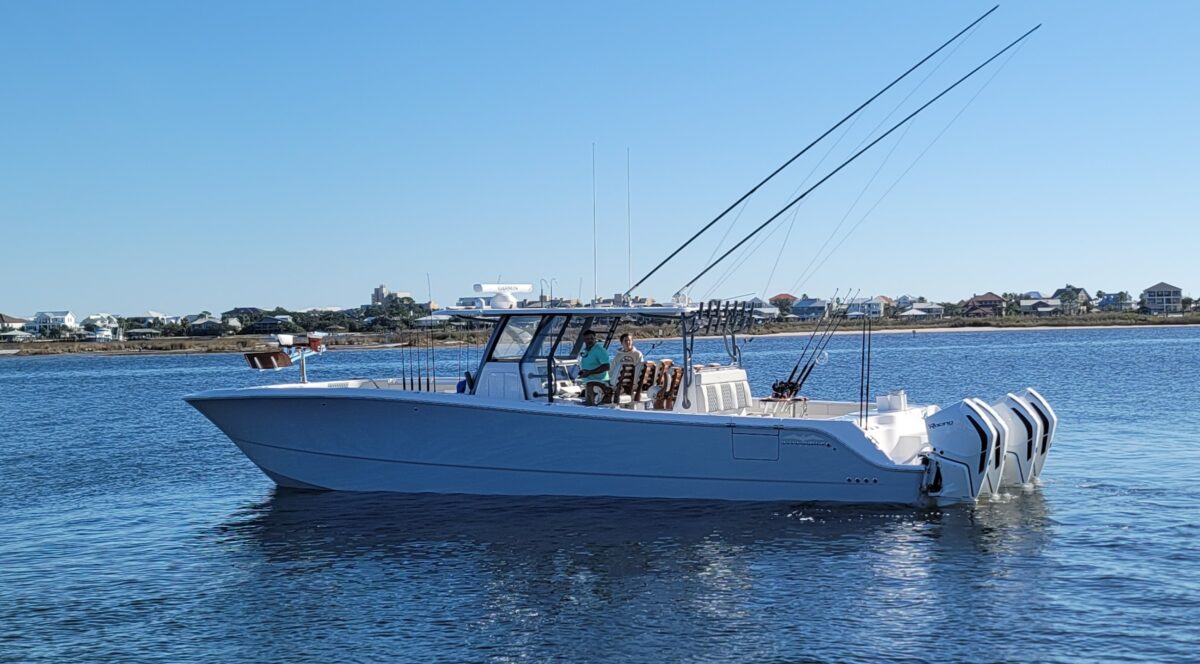Table of Contents
Introduction to Tuna Tubes for Live Bait Fishing
The ability to keep several large live baits swimming is a must for anyone serious about live bait fishing for marlin, big tunas, and a host of other species that require baits that will not survive in a typical live well. Tuna tubes are the most effective way to accomplish this feat. There are a wide variety of options for tuna tube installation and plumbing on center consoles.
Variety of Tuna Tube Installation Options
From glassed-in, permanent installs that cost in the tens of thousands of dollars to homemade PVC tubes sourced from the local home improvement store, the options are endless.
The Importance of Proper Tuna Tube Installation and Plumbing
No matter which setup you choose, ensuring the tubes work properly and keep the baits alive is the most important aspect of it all. The correct installation and plumbing of your tuna tubes is paramount for having a live bait system that works as intended.
Expert Insights on Tuna Tube Water Flow
According to Steve Katz with Steve Marine Service Inc., tuna tube water flow should be straight, non-turbulent, and spread across the entire fish face. The tuna opens his mouth when he wants to breathe, and the water flow shouldn’t power wash him in the face with unnecessary force.
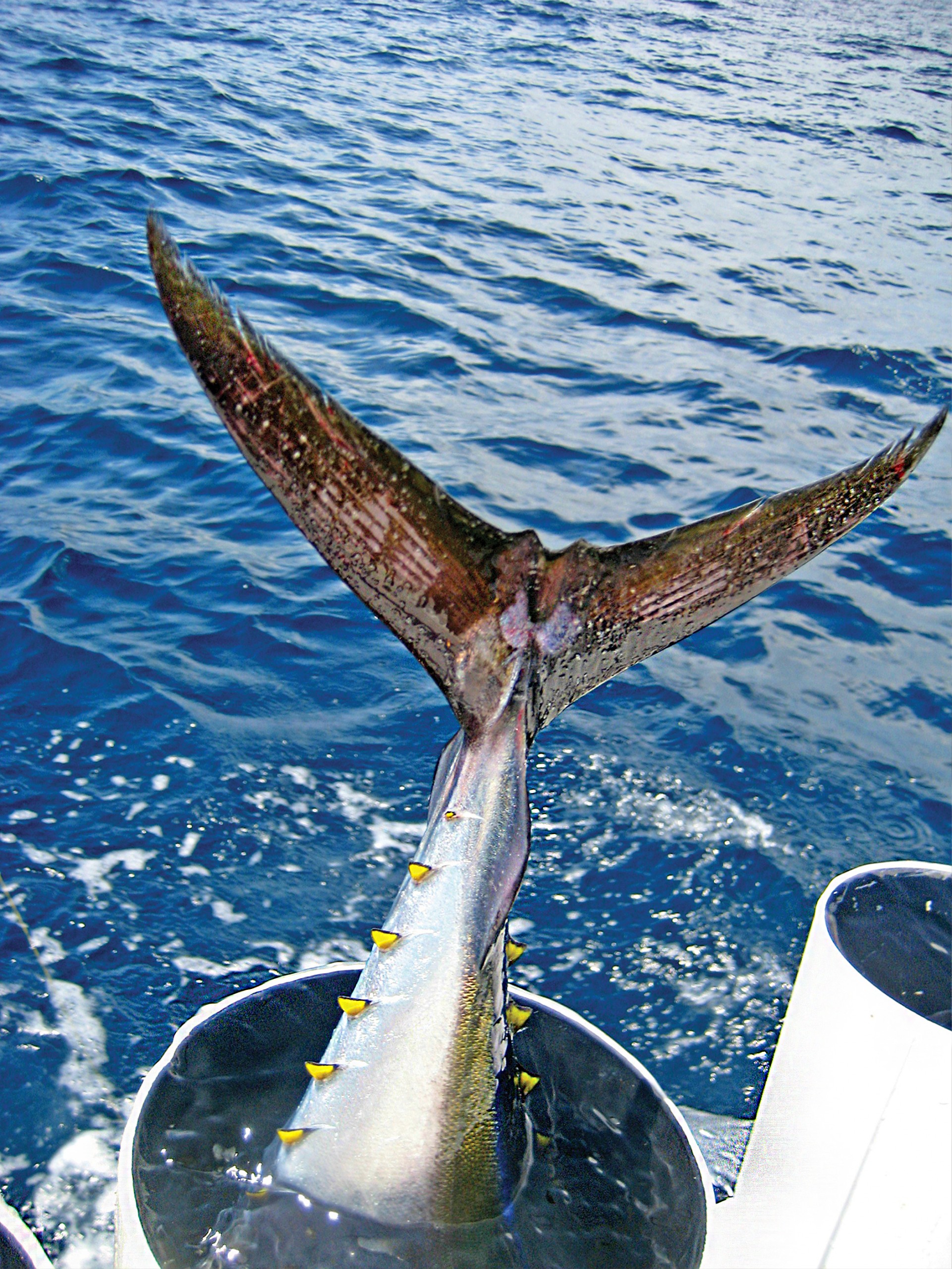
Challenges with High-Speed Tuna Tubes for Center Consoles Water Pickup
The unique issue with high-performance center consoles, especially stepped hull vessels, is finding the correct place to install the pick-up to draw enough water needed to supply the tubes while underway at high speeds.
Katz has installed a myriad of tuna tubes on everything from large sportfish vessels to high-performance center consoles. He states that finding a location for a high-speed pickup on a stepped hull vessel can be the most difficult part of the process. If the pick-up is not in a location where it can draw constant water at high speeds, the entire system could fail to supply enough clean water to keep the baits alive while underway.
Water Supply Options for Tuna Tubes
From the through-hull pick-up, there are a couple of different options to push the water into the lines that will supply the tubes. Sea chests and pump boxes are the two most effective ways to deliver the water to the tubes, though some captains have had success running the pick-up straight to an inline pump to supply the tubes directly. A simple two tuna tube system would likely be fine running on a single inline pump, but the chance for turbulent water to enter the system or for the pump to get airlocked is much greater than running from a sea chest or pump box.
A sea chest is a sealed box that is connected to the thru-hull and vented above the water line. It is typically designed with multiple outputs that can be connected to pumps to supply tuna tubes, live wells, and even raw water washdowns. The chest ensures that all the pumps have a supply of clean non-turbulent water to satisfy the needs of the system.
A pump box is similar in design but contains the pumps inside the box and submerged in water. The box is typically rigged with the however many 1500/2000 GPH bilge pumps it takes to get the job done. Since the pumps are contained inside of the box, a pump box can save significant room on a center console install where bilge space is at a premium.
Effective Water Delivery Systems
Delivering the water from the pumps to the tubes should be straight forward and direct. Avoid 90-degree joints, as these contribute to loss of flow and increase the amount of turbulence and bubbles in the water supply.
Customizing Flow for Various Baits
Katz emphasized the need for flow control devices to moderate the amount of water supplied to the bait. Valves, variable speed pumps, and multiple pumps are all potential solutions to control the flow and keep a variety of baits alive.
Keep in mind that different bait species have varying water flow requirements. Your tuna tube system should have variable flow options to optimize the ability to keep different species and sizes of baits alive. Katz recommends a manifold system so that outgoing seawater can be routed to the necessary live well or tuna tube or combined when additional flow is needed.
The Impact of Tuna Tube Shape on Bait Longevity
It is also worth noting that the shape of the actual tuna tube can affect the longevity of your baits. While a circular tube can keep baits alive, the baits may tend to spin while immersed in a round tube with a high volume of water flow hitting them. Many tuna tube systems now use oval shaped tubes to prevent the bait from spinning, creating a system that can keep baits alive and frisky for extended periods of time.
Tailoring Tuna Tube Systems to Specific Needs
Ultimately, there is no one size fits all solution for tuna tube systems. Every boat will have unique rigging problems to solve with various solutions to solve them. At the end of the day, the goal is keeping those baits alive and at the ready, and every tuna tube system should be able to accomplish that mission when properly rigged.
Don’t Forget to Check Out Our Sportfishing Job Board! Did You Know? It’s the perfect platform for seeking skilled captains and mates. Whether you’re on the hunt for your dream team or looking to join one, your next big adventure begins here. Explore the opportunities now! Click Here
Dive Deeper into the World of Sportfishing
You’ve just experienced a taste of the exceptional content featured in the pages of InTheBite Sportfishing Magazine. If you found this engaging, you’re in for a treat with our full publication. Whether you prefer the tactile experience of print or the convenience of digital or both we have a special offer for you.
Unlock Exclusive Savings: Enjoy 50% Off Your Subscription!
Are you ready to explore the thrilling world of sportfishing from the comfort of your home? Subscribe now and embark on a journey filled with captivating stories, expert insights, and insider tips. Choose between our digital or print edition and secure an incredible 50% discount on your subscription.
Subscribe today and get ready for an adventure like no other. Click here to subscribe and elevate your sportfishing experience with InTheBite Sportfishing Magazine.

